Google's Android Event Analysis
by Mithun Chandrasekhar on February 2, 2011 4:26 PM ESTA lot is also happening behind the scenes in Android 3.0. I kept mentioning on the previous page that some of the features from Android 3.0 will eventually make it over to smartphone-versions of Android. This will be enabled because Google is heavily pushing code reusability (or 'fragments' as they called it) with Android 3.0. Not only will this enable features to be easily adapted for future versions of the OS, but features can also be reused between applications. On a related note, Google emphasized that existing Android apps will work on Android 3.0 devices without requiring any code modifications. They used the 'Fruit Ninja' app to demo this. While this is great news for developers who don't want to redevelop the same app for 3.0 devices, what I didn't get a clear answer for was about applications targeted specifically at Android 3.0. From the looks of it, I wouldn't be wrong if I said that in such a case, the developer will in fact have to make two, slightly different versions of the app.
(Top left) YouTube app, (Top right) Google Maps, (Bottom left) stack transitions, (Bottom right) Video chat
Google has also put in place a new graphics engine. Dubbed 'Renderscript', both 2D and 3D graphics are fully hardware accelerated in Android 3.0. This was quite visible in the demos and hands-on where the Xoom easily transitioned between screens and applications without much trouble. The bookstore, YouTube and Google Maps applications seemed to make the best use of the new engine. Speaking of Maps, Android 3.0 does come with a new version of Google Maps. Apart from bringing in features such as check-in, another big feature is better map caching. Although the intial impression given to me was that it is a valid enough alternative to offline mapping (where map data is stored in local memory), upon testing I realized that it very much needs an active data connection of some sort to work. It's just that because of better vector data compression, the application can now better cache areas around the one you are browsing. In my experience, it was a couple of blocks in each direction at best.
Android 3.0 builds upon the 'Stagefright' media framework introduced in Android 2.2. With the more robust rendering engine running underneath, the framework is able to make good use of the underlying hardware and includes features such as HLS (HDTV Live Streaming), built right into the OS. A demo of the CNN app streaming a live video feed was shown, although in all honesty, the quality was worse than standard YouTube videos. Video chat functionality is also now included as a part of Android 3.0.
(Left) Live video stream in the CNN app (Right) Great Battles : Medieval
Google did also show a couple of game demos, including one of a direct XBOX 360/Playstation 3 port. Although Monster Madness (War Drum Studios) was impressive in that it was (supposedly) a direct port of a current-gen console game, it wasn't particularly impressive in itself. Another game, Great Battles : Medieval looked more impressive and was definitely playable, but I could still pick up not-so-smooth transitions while panning and zooming. Nevertheless, it seems like both the game and Android 3.0 were in their 'near-final' forms.
Final Impressions
Honestly, I came a bit disappointed from the event today. But that was more because of the fact that I had very high expectations off of it, than the event being a let down in itself. Another reason may have been that Google had already gone about trumpeting Android 3.0 and the Xoom earlier on at CES, not leaving a lot to the imagination for today's event.
That being said, Android 3.0 does mark a very important milestone for Google. Although always having been feature rich, usability was never one of Android's forte and you had to be a bit of a geek to try and figure your way around some it. But with version 3.0, Android has finally moved into the current-gen of mobile operating systems when it comes to usability and cloud integration. It seems like Google has done its homework and has set the stage up quite well for itself for a real entry into the tablet arena.



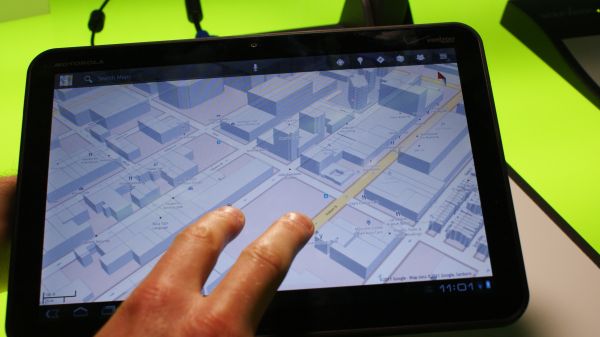
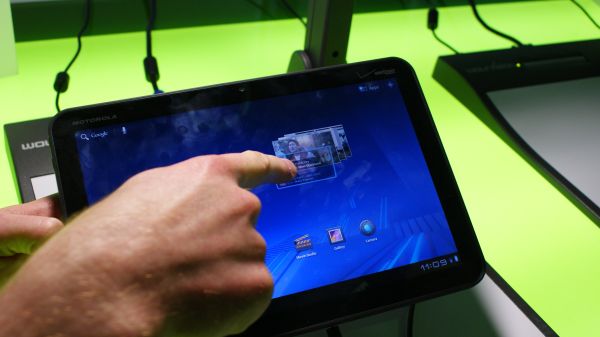
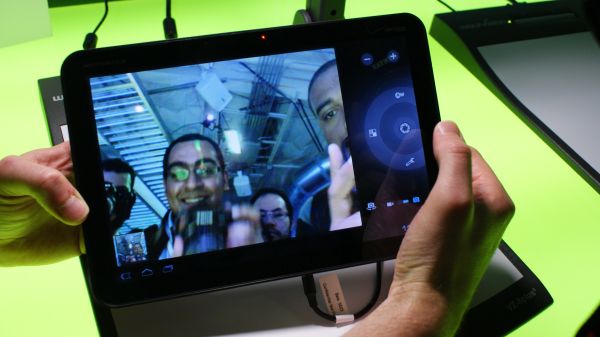
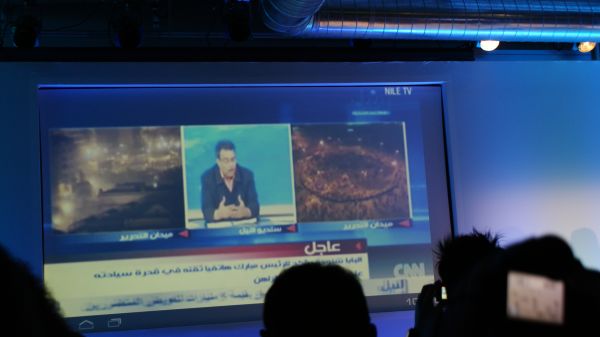
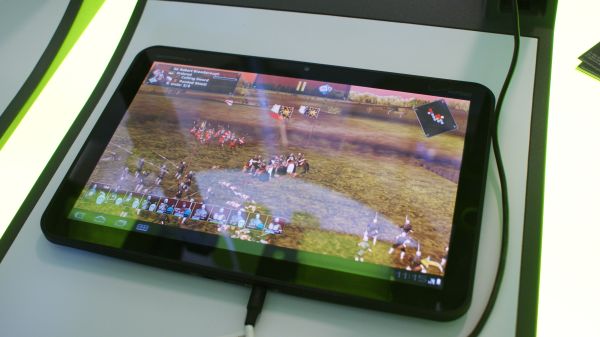








22 Comments
View All Comments
rpmurray - Thursday, February 3, 2011 - link
The Xoom (what a dumb name) looks like just a bigger Android phone. That bezel is huge. The OS is just a glorified phone OS, not a real OS. You can't run real applications like Microsoft Office or Adobe Photoshop on it. It doesn't have a stylus. It's too big. It's too small. It doesn't have a physical keyboard. It costs too much for what it does. I can buy a netbook for less that does more. This is just a toy.Are there any other stupid or asinine comments I forgot to recycle from when the iPad came out, but which the fandroids won't apply to Android tablets because they're "open"?
psypher - Thursday, February 3, 2011 - link
Speaking as an iPad owner:The iPad runs some great applications, although Office and Photoshop are better than their iOS counterparts (good thing I have computers for those...).
The touchscreen keyboard on the iPad sucks. If it had Swype like my Droid X, that would be a different story, but it doesn't, so I hate it. I have the BT keyboard for the thing, but carrying it around kind of defeats the purpose in my opinion.
Size: personal opinion. I don't see myself getting a 7" tablet ever. Roughly 10" feels right to me. Others may prefer smaller, larger, whatever.
Cost: If you can't afford it, don't buy it. Same as anything else in this world.
All that said, my 64 gb 3g iPad is going on ebay this week so i can get a Xoom for my wife (unless anyone here wants it for the right price). Do I like "open"? Yes. Am I a Phandroid? No, I just like the product that fits my use scenarios the best and the Xoom seems to do that more so than the iPad this round.